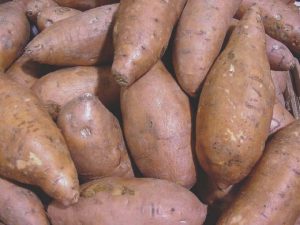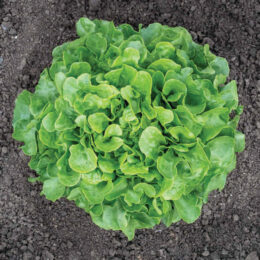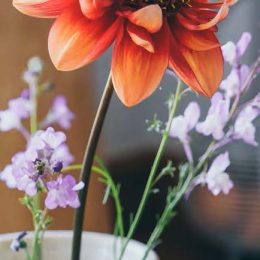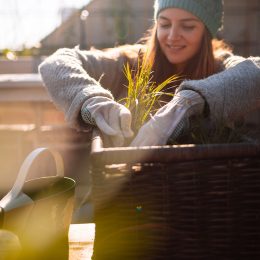by B. Rosie Lerner
 Will you be eating sweet potatoes or yams at your Thanksgiving dinner? While many folks use the terms interchangeably, they are distinct.
Will you be eating sweet potatoes or yams at your Thanksgiving dinner? While many folks use the terms interchangeably, they are distinct.
Botanically speaking, the sweet potato is known as Ipomoea batatas and belongs to the morning glory family (Convolvulaceae). True yams belong to one of several species of Dioscoreain (Dioscoreace), and their production is limited to tropical climates. So most likely you will be eating sweet potatoes rather than true yams.
There are two types of sweet potatoes, often described as either dry-fleshed or moist-fleshed. This refers to the mouth feel, rather than the actual moisture present in the root. Actually, soft vs. firm-fleshed types would be a more accurate description. Moist-fleshed types (often incorrectly called yams) tend to convert more of their starch to sugar and dextrin during cooking, becoming softer and sweeter than the more mealy, dry-fleshed types.
The nutritive value of the sweet potato is high and is a great way to increase vegetables in your diet. Sweet potatoes are a fat-free source of fiber, complex carbohydrates, Vitamins A and C, and iron, and are low in calories.
Sweet potatoes can be grown in the home garden. However, since they are tropical in origin, they produce best with both warm days and warm nights. A long growing season of 4-5 months is needed for optimum yield, but acceptable home garden quantities can be harvested in a shorter growing season. The common sweet potato is a vigorous trailing vine, but some cultivars are bush or bunch types that are more practical for small gardens.
Ornamental cultivars of sweet potato are quite popular as container plants and annual ground covers. While the ornamental cultivars typically produce enlarged roots, they are bred for beautiful foliage rather than food quality. Their roots are likely to be starchy or possibly bitter. You must also consider whether pesticides, which are not labeled for use on the edible crop, have been used on the ornamental plants. So it’s best to admire them with your eyes rather than your taste buds.
For more information on growing sweet potatoes for harvest, see Purdue Extension Bulletin HO-136, http://www.hort.purdue.edu/ext/ho-136.pdf.
Rosie Lerner is the Purdue Extension consumer horticulturist and a consumer of Tipmont REMC. Have a question about gardening? Use the form to send it to us. Or, questions about gardening issues may be sent to: “Ask Rosie,” Electric Consumer, P.O. Box 24517, Indianapolis, IN 46224, or ec@ElectricConsumer.org.



